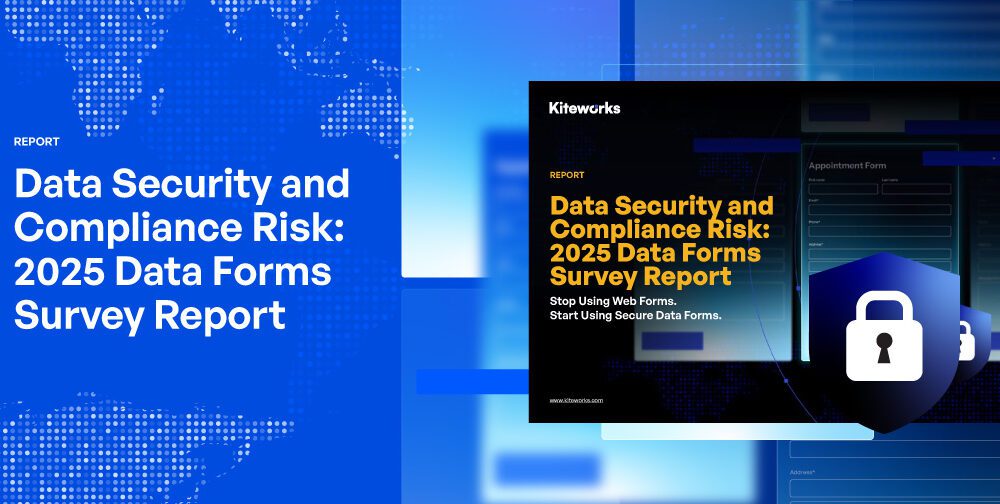By Patricia Hines, head of corporate banking at Celent.
The quality of a digital experience in corporate banking drives client retention and product adoption. Perhaps it’s no surprise, then, that client engagement and user interface (UI) design are among the top areas of focus in corporate banking. Innovative digital channels and product offerings, supported by comprehensive corporate-to-bank connectivity, are essential.
IT spending for corporate banking rose an average of 4.6% in 2024, as found in Celent research, and is expected to grow by an additional 6% in 2025. Corporate digital banking platforms and corporate digital channels (the various methods used to provide banking services and for banks to interact with customers or clients) are top investment priorities. Yet less than 12% of IT budgets are earmarked for growth and innovation, meaning banks must carefully evaluate critical client-facing solutions.
In a time of budget constraints and global business expansion, banks must focus on the technology infrastructure needed to deliver enhanced products and services across multiple corporate banking product segments (including liquidity management, receivables management, payables management, and fraud prevention). Approached correctly, transaction banking offerings can be a suite of integrated services that enable change. Now’s the time for leading banks to modernize their corporate digital banking platforms in order to act upon trends and meet clients’ needs.
Today’s innovations in corporate digital banking platforms
Corporate digital banking platforms rely on architecture and solution designs that process high volumes of transactions, support artificial intelligence (AI) efforts, provide security, and maintain system availability. These platforms can strengthen the connection between businesses and their banking partners, balancing high-tech products and services with high-touch strategic advisory.
With corporate treasurers requiring a dizzying array of products and services to manage working capital, investments, liquidity, and trade/supply chain finance across their geographic footprints, a strategic approach is essential. Recent tech trends that are transforming corporate treasury and finance products include AI and machine learning (ML), blockchain integration, cloud adoption (not just for hosting cloud platforms, but for enabling AI and business transformation), enterprise resource planning (ERP) and treasury management system (TMS) integration, low/no-code tools that decrease the time required to bring solutions to production, and real-time analytics.
Corporate-to-bank channel connectivity supports businesses of all sizes as they expand—and as the number of banks and accounts needed to conduct business grows. Corporate channels are a digital backbone, supporting flexible integration between banks and corporate. Corporate-to-bank connectivity channels (attended and unattended) include bank portals, mobile apps, host-to-host file-based connectivity between a bank and a corporate client, SWIFT network for financial messaging, domestic networks, and open APIs for real-time connectivity between applications. In this new era of open banking and embedded finance, the connectivity capabilities provide the needed glue between banking services and fintechs.
Best practices for digital channels and platforms
Corporate digital banking products are quite complex, with technology proving to be both a challenge and an opportunity. Products require integration with multiple applications. Compliance mandates may create challenges that seem to stand in the way of product innovation.
A common theme among leading transaction banks is that the digital experience matters—at least as much as the product features and functionality. Banks are elevating their digital banking experience with cross-platform capabilities to:
- Reduce friction: Banks and their application vendors are implementing more stringent security measures to guard against cybersecurity breaches. These steps for accessing digital channels, such as multi-factor authentication (MFA), can be seen as frustrating elements of the banking experience. Innovative QR code uses and soft tokens in mobile banking apps are among the methods banks are using to minimize friction.
- Embed insights: Rather than leaving treasury users to access and analyze a series of reports to see trends and patterns, leading banks provide enhanced data visualizations, allowing users to explore insights (such as into working capital trends) interactively.
- Provide self-service administration and personalization: For digital banking platforms, bank-side administration and client-facing entitlement management are complex central functionalities. Leading banks and vendors now selectively enable different client segments with appropriate self-service capabilities, providing corporate administrators additional control over use entitlements.
- Deliver product and technical support: This is an area that’s being reshaped by functionality, with offerings such as consolidated product onboarding and servicing that’s delivered via digital chat capabilities, delivery of product documentation at the point of need, context-sensitive help within an application, and chatbots and interactive virtual assistants.
- Offer omnichannel digital experiences for business clients: Integrated digital banking web portals provide a consolidated view of financial services. A growing number of solution providers have offerings that deliver omnichannel experiences. Channel functions long seen as discrete are now being combined to create new banking capabilities and client experiences. For example, submitting payment initiation files over host-to-host or API, approving the payment on an Apple Watch, tracking payment status in a mobile app, then starting an investigation on a chatbot.
All of these help improve client engagement. Some banks also involve clients in product road map, design, and pilot programs, recognizing the value of a collaborative approach that can enhance digital banking initiatives and strengthen client relationships.
User interface: the point of differentiation
Leading vendors of corporate digital banking platforms are investing in flexible, configurable user experience architecture that can accommodate the clients’ user interface and user experience (UX) requirements. Separating frontend digital channels from backend systems is an approach that offers flexibility and consistency across client experiences.
Today, many banks are modernizing their user experiences around “headless” UI deployment models. Here, the vendor banking platform is deployed without an integrated vendor UI; the platform and its functional logic sit under an umbrella UX layer. Common at larger banks or where the digital experience/UI layer crosses multiple home-grown or vendor platforms, headless is one of three common UI deployment models. The others include a “traditional” approach (common at smaller banks, with limited product and operational needs), where the vendor’s UX layer is tightly integrated with the digital banking platform. The other is “head-only,” where the vendor provides industry-relevant UI functions and experiences, without the underlying platform functionality; this approach uses APIs to connect to functional services from home-grown or third-party vendor solutions.
Solutions providers are increasingly taking a “design system approach” to help deliver cohesive user interfaces across products and platforms. For corporate digital banking platform design, this approach can balance usability with security, deliver consistency across components, and strengthen client engagement through an effective UI.
Key elements of a design system approach include relying on design guidelines, providing documentation of design principles, best practices, and usage instructions for components (including typography, colors and schemes, and other elements of visual consistency); branding standards; accessibility standards; a component library (such as forms and buttons that are reused across applications); responsive design principles (to ensure that components and layouts work effectively across screen sizes and devices, helping promote a mobile-first approach); and low/no-code tools, which reduce the time required to modify and enhance product experiences. All of this should be supported with comprehensive documentation about how to implement the design system.
Today’s modernization, tomorrow’s success
Banks ready to modernize their corporate digital banking platforms and channels have the opportunity to embrace new solution designs and architectures that will help drive positive change. They’ll carefully evaluate the functionality, technology, and vision that will help them succeed with data and AI initiatives. They’ll gain a comprehensive understanding of the vendor landscape to recognize best-in-class solutions and help evaluate their decisions on whether to build or buy the necessary platform and tools. They’ll recognize the cloud’s role as a building block. And they’ll invest in technically astute product management talent.
Patricia Hines heads Celent’s Corporate Banking practice. Her areas of research include corporate banking and global transaction services with a particular emphasis on treasury and cash management, corporate banking delivery channels, commercial and small business lending, and emerging technologies such as APIs, blockchain, and artificial intelligence. Patty has more than 20 years of experience in financial services across business, technology, and operations.
Before Celent, she was a Research Director in Wholesale Banking at CEB TowerGroup, a leading financial services advisory research firm, where she conducted primary research focused on industry trends, strategic business drivers, and technology solutions in commercial lending and small business services. She has also held senior technology, operations, and marketing positions at FleetBoston Financial (now Bank of America), Wells Fargo, Citibank, MuleSoft, OpenText GXS, and S1 Corporation (now ACI Worldwide).
Patty received her MBA from the Yale School of Management and a bachelor’s degree in business administration from the State University of New York at Albany. She also holds a Certified Treasury Professional (CTP) accreditation from the Association of Financial Professionals.



































